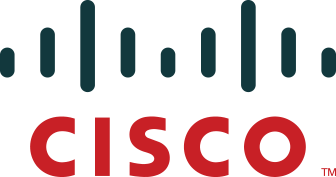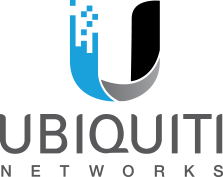IT Company
Cybersecurity Services for North Carolina Businesses
Layered protection, ransomware defense, identity security, and continuous monitoring delivered by a local team supporting offices across the Triangle, Charlotte metro, the Triad, and statewide operations.










North Carolina Businesses Can’t Afford Reactive Security
From healthcare clinics in the Triangle to law firms in Charlotte and manufacturers across the Triad, North Carolina teams are increasingly targeted by credential theft, ransomware, and phishing. Security failures don’t just create downtime — they create legal exposure, financial loss, and broken client trust.
That’s why our cybersecurity services are proactive by design: we reduce attack surface, monitor continuously, and enforce identity controls that stop threats before they spread.

Cybersecurity Built for Growing Teams and Regulated Industries
Our security services are designed for organizations that rely on stable systems and sensitive data but don’t want to build security internally. Most clients have 10–250 users, cloud tools, remote staff, and compliance obligations.
If your security today feels fragmented, outdated, or dependent on “hoping nothing happens,” this is the structured fix.
What’s Included
What Our Cybersecurity Services Include
Security Audit That Shows What’s Actually Vulnerable
We start by mapping your current risk profile devices, identities, cloud access, network exposure, backup integrity, and user behavior. You get a clear report and a prioritized roadmap.
Endpoint Protection That Stops Ransomware Early
Endpoints are where most attackers start. We deploy modern EDR/MDR layers that detect abnormal behavior, isolate threats, and protect laptops, desktops, and servers.
Harden Access So Credentials Can’t Be Abused
Credential theft is now the most common entry point. We enforce strong identity controls so only verified users access systems with minimal friction for your team.
Stop Phishing Before It Reaches Your Users
Email remains the #1 threat channel. We filter malicious messages, block spoofing, and reduce the chance your staff ever sees a dangerous link.
Secure the Perimeter and Segment the Inside
We manage firewall rules, monitor perimeter traffic, and segment internal networks so threats can’t move laterally.
Continuous Monitoring That Catches Threats Quietly
You can’t stop what you can’t see. We monitor events across endpoints, identities, and networks to detect suspicious activity early.
Resilience Is Part of Security
Even the best defenses can be tested. We verify backups and recovery paths so ransomware doesn’t become catastrophic.
Security Controls That Support Compliance
We don’t replace legal compliance advisory, but we align your systems to meet security expectations common in regulated environments.
A Local Security Team With Statewide Coverage
We support North Carolina businesses through a hybrid model: remote-first security management for speed, plus on-site help when physical infrastructure or incident support requires it.

PRICING PLANS
Predictable Cybersecurity Plans
Security should be budgetable, not reactive. Our plans scale with your users, devices, cloud stack, and risk profile.
Essential Plan
$149 Per Month/Device
Best for stable offices needing reliable helpdesk support.
- 24/7 remote helpdesk
- Monitoring & patching
- Antivirus + endpoint baseline
- Monthly reporting
Growth Plan
$199 Per Month/Device
For teams scaling fast with cloud and hybrid operations.
- Everything in Essential
- Microsoft 365 management
- Cloud backup
- Network optimization
- Quarterly IT strategy reviews
Secure + Compliance Plan
$249 Per Month/Device
For regulated industries needing advanced security.
- Everything in Growth
- MDR / SOC monitoring
- Zero Trust hardening
- Compliance assistance (HIPAA/PCI)
- Incident response readiness
RESULTS
Real Outcomes for Local Teams
Triangle Healthcare Group
A multi-provider clinic reduced downtime by 68% after standardized patching, MFA rollout, and managed backup testing.
- 68% downtime reduction
- HIPAA-aligned controls
- Faster ticket closure
Raleigh Professional Firm
A 60-user firm stabilized hybrid connectivity, migrated to Microsoft 365, and cut recurring tickets within 60 days.
- Seamless migration
- Stronger security posture
- Cleaner IT budget
FAQ
Cybersecurity FAQs
Baseline security is included in all managed IT tiers. This cybersecurity service page is for clients who want deeper protection, monitoring, or compliance alignment.
Yes. We focus on prevention first, but also provide incident response support and recovery readiness planning.
Absolutely — identity hardening, conditional access, email security, tenant governance, and backups.
We align your systems to common security expectations in HIPAA/PCI/NIST environments, while working alongside your compliance or legal advisors.
Reduce Risk Without Adding Internal Security Headcount
Tell us your headcount, devices, tools, and biggest security concerns. We’ll audit your environment and recommend a plan with clear pricing and priorities.
Support Line 24/7
mcastro@altatech.co
